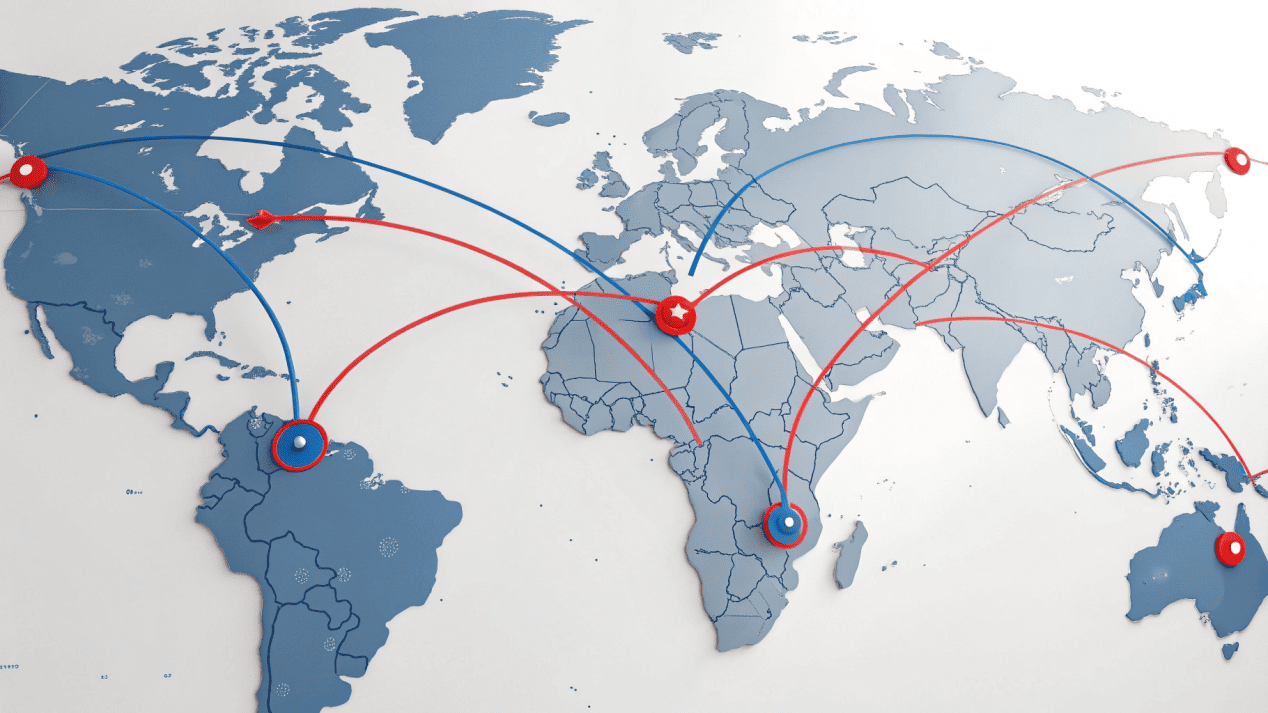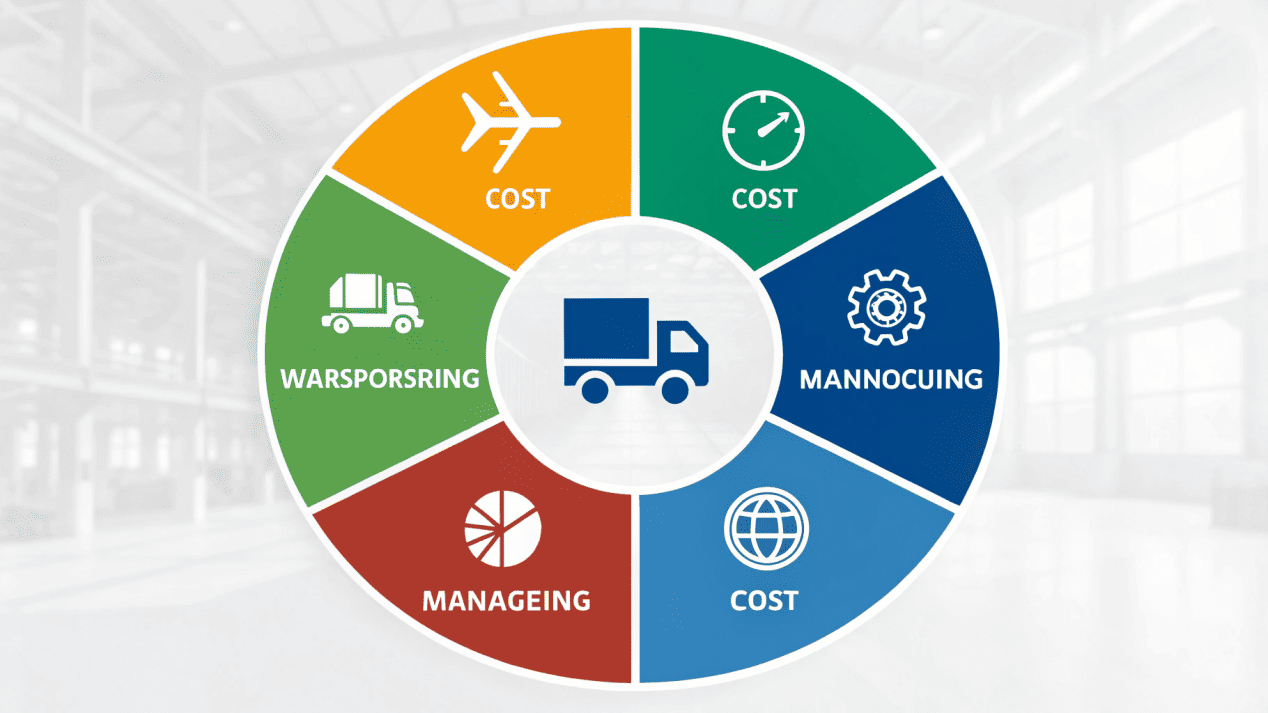Your chain needs millions of cups. One supply hiccup can shut down stores and cripple profits. A smart procurement strategy is your best defense against this risk.
Standardize cup sizes to simplify inventory. Use a primary and secondary supplier to reduce risk. Negotiate based on Total Cost of Ownership, not just price. And manage inventory intelligently.

I once met a procurement director from a large coffee chain. He proudly told me he had saved the company 5% by switching to a new, cheaper cup supplier. A few months later, I heard his story again. A fire at the new supplier’s factory stopped production for three weeks. He had to air-freight an emergency order from another country, wiping out his entire year's savings in one go. That day, he learned that buying millions of cups isn't about finding the lowest price. It's about building a resilient, intelligent system. A successful strategy is built on four pillars.
Does Standardizing Cup Sizes Really Save Money?
Your chain has dozens of different cup and lid types. This creates inventory chaos, inflates costs, and confuses staff at the counter, slowing down service during the morning rush.
Yes. Standardizing to 3-4 core sizes and one or two universal lids dramatically reduces inventory costs, simplifies staff operations, and strengthens your negotiating power by concentrating your volume on fewer items.

As an engineer, my first goal is always to simplify the system. In a coffee chain, complexity is your enemy. I have seen brands with separate SKUs for 8oz, 10oz, 12oz, 16oz, and 20oz cups, each with its own specific lid. This is an operational nightmare. The solution is aggressive standardization. Focus your menu on 3, maybe 4, core sizes. For example, Small (8oz), Medium (12oz), and Large (16oz). The most crucial step is to engineer these cups to share lids. Your 12oz and 16oz cups should absolutely use the same lid size.
Standardization: Before vs. After
| Aspect | Before: Complex System | After: Standardized System |
|---|---|---|
| SKU Count | High (e.g., 5 cups + 5 lids = 10 SKUs) | Low (e.g., 3 cups + 2 lids = 5 SKUs) |
| Inventory Cost | High (Capital tied up in many items) | Lower (Less capital, easier to manage) |
| Operational Speed | Slow (Staff search for right combo) | Fast (Muscle memory, fewer choices) |
| Negotiating Power | Diluted across many items | Concentrated and stronger |
As your partner, we don't just take your order. I would sit down with you, analyze your sales data, and help you design the most efficient cup and lid configuration. We then guarantee a perfect, leak-proof fit across that entire lineup.
Is Relying On One Supplier Too Risky for a Large Chain?
You have a great relationship with one big supplier. But a sudden factory lockdown, shipping crisis, or natural disaster could halt their production, leaving your entire chain without cups.
Absolutely. Relying on a single supplier is one of the biggest risks you can take. A multi-supplier strategy with a primary partner and a secondary backup is essential for business continuity.

From a risk management perspective, a single point of failure is unacceptable for a multi-million dollar operation. If your entire business relies on one factory, you are permanently vulnerable. The solution is to diversify your supply chain. This doesn't mean just splitting your order 50/50 between two suppliers. A smarter approach is to designate a Primary Strategic Partner and a Secondary Supplier.
- Primary Strategic Partner: This should be a large, globally experienced manufacturer like us. We would handle the majority of your volume (e.g., 70-80%). Our scale provides stability, and our deep partnership allows for collaboration on innovation and inventory.
- Secondary Supplier: This supplier handles the remaining volume (20-30%). They are fully qualified and tested. In a crisis, they have the existing knowledge of your specifications to ramp up production quickly.
This model gives you the best of both worlds. You gain supply chain resilience, ensuring your business never stops. You also create healthy competition, which keeps pricing and service levels sharp. As your primary partner, we understand this strategy. We have the massive production capacity and global logistics experience—shipping to over 80 countries—to be the stable anchor of your supply chain.
How Do You Negotiate Beyond Just the Price-Per-Cup?
You focus your negotiations on shaving fractions of a cent off the unit price. But you ignore hidden costs from shipping, warehousing, and quality defects that ultimately cost you more.
You negotiate based on Total Cost of Ownership (TCO). This includes the unit price plus all other costs: shipping, warehousing, defect rates, and even payment terms. This is the true measure of cost.

This is the biggest mistake I see from inexperienced procurement teams. They win a negotiation on unit price but lose the war on total cost. A cheap cup is not a good deal if 3% of them leak, causing refunds and brand damage. It's not a good deal if late deliveries force you to pay for expensive emergency air freight. A truly professional negotiation focuses on TCO.
Unit Price Focus vs. TCO Focus
| Cost Factor | Unit Price Focus (The "Cheap" Cup) | TCO Focus (The "Smart" Cup) |
|---|---|---|
| Unit Price | $0.050 | $0.052 |
| Shipping & Warehousing | High (Inefficient logistics) | Low (Optimized logistics) |
| Defect Rate (1-3%) | High (Waste, refunds) | Very Low (<0.1% waste) |
| True Final Cost | Often Higher | Lower and More Predictable |
Leverage your massive volume to negotiate long-term contracts based on TCO. This locks in predictable pricing and protects you from market swings. We love having TCO conversations. Our reliable production has incredibly low defect rates, and our global logistics expertise helps reduce your shipping and warehousing costs. For our best long-term partners, our "Good Client" service can even offer flexible payment terms to improve your cash flow. This is a true partnership.
How Can You Manage Inventory Without Wasting Millions?
You have a warehouse full of cups, which means your cash is sitting on shelves. Or worse, you run too lean and a sudden demand spike leads to stock-outs, shutting down stores.
Implement a hybrid inventory model. Use regional distribution centers for baseline stock, and work with your primary supplier on a Just-in-Time (JIT) or Vendor-Managed Inventory (VMI) system for agile replenishment.

Inventory is a multi-million dollar balancing act. For a large chain, the answer is not to just hold more stock. The answer is to build a more intelligent and responsive system with your primary partner. This is a hybrid model that blends safety with agility.
- Baseline Stock at Regional Centers: You keep a calculated amount of safety stock at your own regional distribution centers (DCs). This is your immediate buffer against demand fluctuations.
- JIT/VMI Replenishment: This is where the partnership shines. "Just-in-Time" (JIT) means we produce and ship cups to replenish your DCs right as they need them, rather than months in advance. "Vendor-Managed Inventory" (VMI) goes a step further; we actively monitor your inventory levels at the DCs and automatically send shipments to maintain the agreed-upon stock level.
This system dramatically reduces how much cash you have tied up in inventory. It lowers your warehousing costs and reduces the risk of having old-branded packaging become obsolete. This is where a supplier relationship becomes a true partnership. Our advanced production systems are built for this agility. We can integrate with your forecasting data to anticipate your needs and execute rapid replenishment shipments, keeping your supply chain lean and strong.
Conclusion
A smart procurement strategy standardizes sizes, diversifies suppliers, negotiates total cost, and manages inventory intelligently. It builds a resilient supply chain that provides a true competitive advantage.
